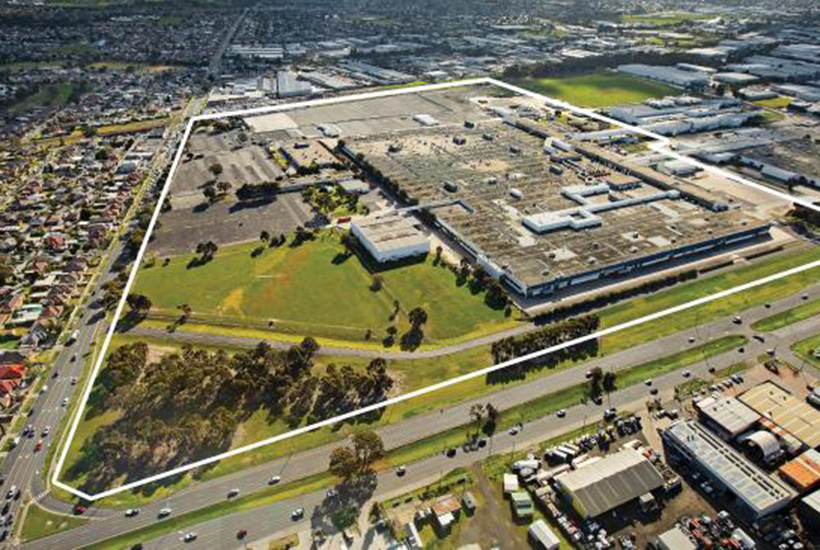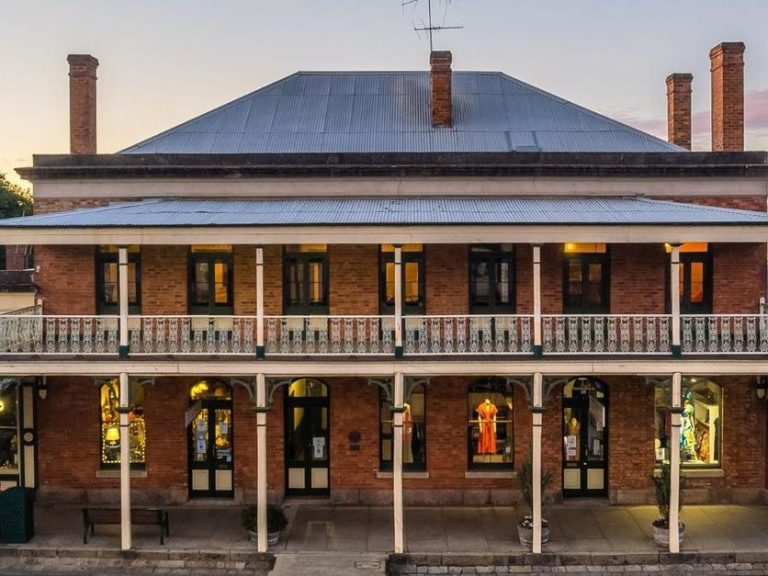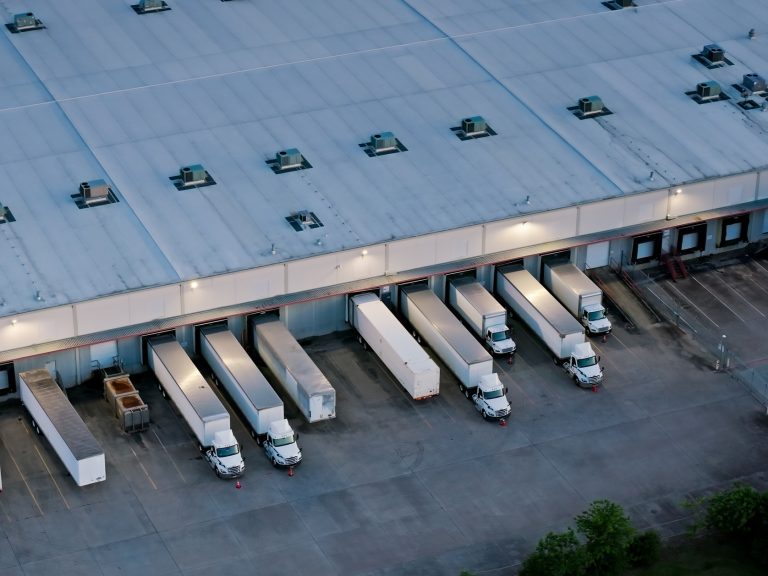Nerida Conisbee: Industrial strength a major investor lure

Industrial property is one of the least understood sectors in real estate as few people interact with it on a day-to-day basis.
Most of us regularly shop at shopping centres, live in houses and work in an office, but few people work in an industrial job and far fewer people will go to an industrial area to visit them.
However, industrial property has become extraordinarily popular with investors — not just in Australia but also at a global level.
Commercial Insights: Subscribe to receive the latest news and updates
There are a number of reasons why industrial property as an asset class is appealing to so many investors. Historically, high yields have always made it attractive, but there’s renewed excitement in the market.
Industrial appears to be one of the few property types expanding as a result of technological change, rather than contracting.
In particular, the growth in online retail is leading to a dramatic shift in usage of industrial property. Things such as data centres, future farming and even driverless cars will need industrial property in the future.
A survey at the beginning of this year by CBRE found that industrial was the most popular commercial property type among investors, and Melbourne was the preferred destination.
Search activity on realcommercial.com.au tells the same story. Looking at inquiries on properties on the site, the majority of the top 10 suburbs that buyers and tenants are interested in are predominantly in Melbourne.
Industrial is hot property and there is no suburb hotter right now than Campbellfield, in Melbourne’s north. Campbellfield is set to become the biggest industrial area in Australia, overtaking Dandenong, which is currently ranked No 1. In comparison to Sydney, Campbellfield at capacity will be twice as big as Penrith’s ultimate capacity, three times as big as Liverpool’s, and will have well and truly overtaken Blacktown.
Pricing is one of Campbellfield’s most appealing factors. Melbourne is cheap, particularly in the north industrial areas.
While tenants don’t seem to be too deterred by expensive office rents in places like the Sydney CBD, industrial demand is more price-sensitive. The ability to expand is also attractive for many occupiers — there are 900ha in the City of Hume, the local government area where Campbellfield is located, meaning there’s plenty of room to expand.
Throw in accessible transport links and you have the winning trifecta. You guessed it, Campbellfield has accessible transport links to Melbourne and is on the road network up to Sydney.
While Campbellfield is the standout in terms of demand from buyers and tenants, we’re seeing an interesting trend emerge in other high-demand areas. Suburbs that are starting to rapidly change from industrial to mixed use and residential are gaining in popularity. Botany in Sydney is still an industrial area, but change in land use continues. Alexandria is still a hot location for industrial tenants but would barely be thought of as an industrial suburb any more, while Seven Hills is one of the most popular residential suburbs in western Sydney on realestate.com.au.
Industrial suburbs are becoming cooler places to be, particularly those close to established residential areas and where the noisy and polluting manufacturers are being replaced by Crossfit gyms and breweries.
Rosebery in Sydney’s south is a great example of this changing suburb trend. Not long ago it was best known for being a light industrial suburb. Now it is about to hit a $2 million median house price and is one of the most expensive suburbs in Australia.
We’ll have to wait and see if Campbellfield eventually becomes the new Rosebery, but in the meantime, it’s only a matter of time until it becomes Australia’s industrial epicentre.
Nerida Conisbee is REA Group chief economist.
This article originally appeared on www.theaustralian.com.au/property.







